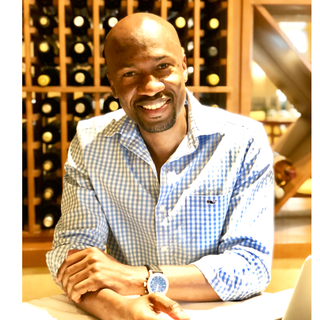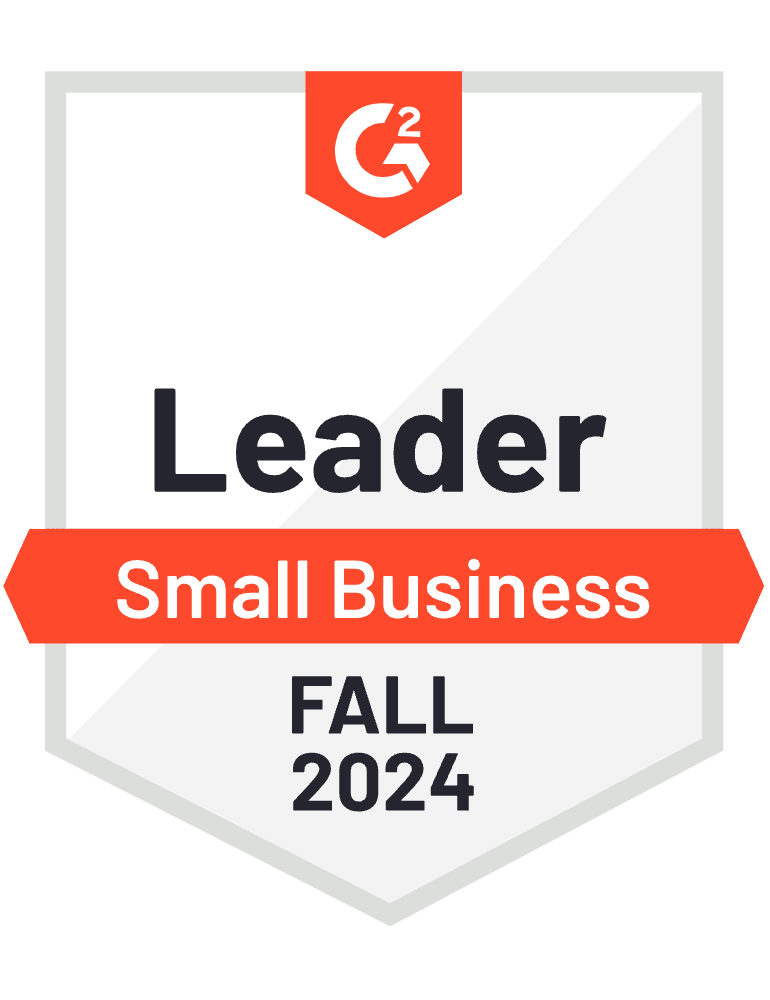Product Manager Interview Questions
Product Managers are the visionaries who steer product development towards success. In this guide, we've gathered 25 interview questions to assist you in finding the perfect Product Manager. These questions explore a candidate's product strategy, their problem-solving skills in prioritizing features, and their ability to lead cross-functional teams. Find a Product Manager who will drive your product to new heights.
How do you prioritize features and tasks when developing a new product, and what frameworks or methodologies do you use? Answer: Prioritization involves considering factors like user impact, business value, and technical feasibility. Frameworks like the MoSCoW method or the RICE scoring model can help prioritize features.
What is a product roadmap, and how do you create and maintain one? Answer: A product roadmap is a visual representation of the product strategy and the planned features and releases. It's created by aligning business goals with user needs and updated regularly to reflect changes.
How do you gather and analyze user feedback to improve a product? Answer: User feedback is collected through surveys, user interviews, analytics, and support channels. Feedback is analyzed to identify trends, pain points, and opportunities for improvement.
Can you explain the difference between product vision, strategy, and tactics? Answer: The product vision is the high-level goal or purpose of the product. Strategy outlines how to achieve that vision, while tactics are the specific actions and plans to implement the strategy.
How do you define and communicate the product's value proposition to stakeholders and customers? Answer: Defining the value proposition involves understanding the unique benefits the product offers and why users should choose it. Effective communication uses clear messaging and marketing strategies.
Can you discuss the role of user personas and user stories in product development, and how do you create them? Answer: User personas represent fictional user profiles, while user stories describe specific user interactions with the product. They are created through research, interviews, and user data analysis.
How do you ensure that a product remains competitive in the market and evolves over time? Answer: Staying competitive involves continuous market research, monitoring competitors, and adapting the product based on changing user needs and industry trends.
Can you explain the concept of the Minimum Viable Product (MVP) and its role in product development? Answer: An MVP is the most basic version of a product that includes essential features to meet user needs. It's used to validate assumptions, gather feedback, and iterate on the product.
How do you handle scope changes and feature requests during a project's development cycle? Answer: Scope changes and feature requests are evaluated based on their alignment with the product strategy and priorities. Decisions are made in collaboration with stakeholders, considering impacts on timelines and resources.
What is the Agile development methodology, and how does it impact product management? Answer: Agile is an iterative and flexible development approach that involves frequent releases and adapting to changing requirements. Product managers work closely with Agile teams to prioritize and plan work in short cycles.
How do you measure the success of a product, and what key performance indicators (KPIs) do you use? Answer: Success is measured using KPIs such as user adoption, customer satisfaction, retention rates, revenue growth, and conversion rates. KPIs are selected based on the product's goals.
Can you discuss the importance of A/B testing and how it informs product decision-making? Answer: A/B testing involves comparing two versions of a feature or design to determine which performs better. It helps make data-driven decisions and optimize the product for user preferences and goals.
How do you manage risks and uncertainties in product development, and what contingency plans do you have in place? Answer: Risk management involves identifying potential risks, assessing their impact, and developing mitigation plans. Contingency plans outline actions to take if risks materialize.
Can you provide examples of successful products you've managed and the strategies that contributed to their success? Answer: I managed a mobile app that saw a 50% increase in user engagement after a major redesign based on user feedback and market research. The strategy involved enhancing the app's usability and performance.
How do you balance short-term goals with long-term product vision and strategy? Answer: Balancing short-term and long-term goals requires setting clear priorities and ensuring that short-term tasks contribute to the long-term vision. Regularly revisiting the product roadmap helps maintain alignment.
How do you handle competing priorities and resource constraints in product management? Answer: Handling competing priorities involves assessing their impact on the product's goals and working with stakeholders to make informed decisions. Resource constraints require optimizing resource allocation and timelines.
Can you discuss the challenges of managing remote or distributed product teams and strategies for effective collaboration? Answer: Challenges include time zone differences and communication barriers. Effective collaboration involves using collaboration tools, establishing clear communication channels, and scheduling regular meetings.
How do you foster a culture of innovation within a product development team? Answer: Fostering innovation involves encouraging creativity, providing a safe space for sharing ideas, and celebrating experimentation and learning from failures.
Can you explain your approach to handling customer complaints and negative feedback, and how you turn them into opportunities for improvement? Answer: Handling complaints involves active listening, empathetic responses, and proactive solutions. Negative feedback is seen as valuable input for making product improvements.
How do you stay updated on industry trends and emerging technologies relevant to your product? Answer: Staying updated involves reading industry publications, attending conferences, participating in professional networks, and conducting competitive analysis. It's essential to remain informed about the latest trends and innovations.
How do you prioritize features on a product roadmap? Answer: Prioritization involves considering factors such as customer needs, market trends, business goals, and technical feasibility. I often use frameworks like the MoSCoW method (Must-haves, Should-haves, Could-haves, Won't-haves) or value vs. effort matrices to rank features. It's essential to involve cross-functional teams, gather user feedback, and align priorities with the overall product strategy. Frequent reassessment and adjustment of priorities based on changing circumstances are also part of the process.
Can you describe a product you successfully brought to market and the strategies you used? Answer: Certainly. In a previous role, I led the launch of a mobile app for a healthcare startup. To ensure its success, I started with comprehensive market research to identify user pain points and unmet needs. We developed a minimum viable product (MVP) and conducted user testing to gather feedback and iterate. I implemented agile development methodologies to maintain flexibility and adapt to changing requirements. We also employed app store optimization (ASO) techniques to improve visibility. The app quickly gained a significant user base and received positive reviews, exceeding our initial growth targets.
How do you handle competing stakeholder demands and conflicting priorities in a product development process? Answer: Handling competing stakeholder demands requires effective communication and negotiation skills. I believe in fostering open dialogue with stakeholders to understand their perspectives and priorities. It's important to align stakeholders with the product vision and share insights and data to support decision-making. Sometimes, compromises may be necessary, and I work to find win-win solutions. Ultimately, my goal is to make informed decisions that benefit the product and its users while maintaining a positive working relationship with stakeholders.
Can you describe a situation where you had to pivot or adapt a product strategy due to changing market conditions or unexpected challenges? How did you handle it? Answer: Certainly. In a previous role as a Product Manager, we were developing a software product for the education sector. We had a well-defined product roadmap and were progressing according to plan. However, midway through the development phase, the educational landscape changed significantly due to new regulations and shifts in student preferences.
To address this challenge, I organized cross-functional meetings involving the product team, development team, and key stakeholders. We conducted thorough market research to understand the implications of the changes and gathered feedback from our existing users.
Based on our findings, we decided to pivot our product strategy. We reprioritized our development efforts to focus on features that aligned with the new regulations and catered to emerging student needs. This required adjusting our development timeline and reallocating resources.
Communication was vital during this period. I ensured that our team and stakeholders were informed about the reasons behind the pivot, the updated roadmap, and the expected benefits of the changes. We also provided training and support to our existing users to help them transition smoothly.
Ultimately, the pivot proved successful. Our product adapted to the evolving market conditions, and we not only retained our existing user base but also attracted new customers who found our updated features highly relevant. This experience taught me the importance of agility and adaptability in product management and reinforced the value of customer-centric decision-making.
Hiring an Product Managers With Braintrust
In your pursuit of Product Managers, we stand ready to assist in finding top talent swiftly. With our services, you can expect to be matched with five highly-qualified Product Managers within just minutes. Let us streamline your recruitment process and connect you with the skilled professionals you seek to meet your needs effectively.
Looking for Work

Lida Tohidi
Miami, FL, USA
- Product Management
- Product Strategy
Looking for Work

Bernard Mallala
Denver, CO, USA
- Product Strategy
- Product Vision
Looking for Work

Jason Wu
San Francisco, CA, USA
- Leadership
- Product Management
Get matched with Top Product Managers in minutes 🥳
Hire Top Product Managers


